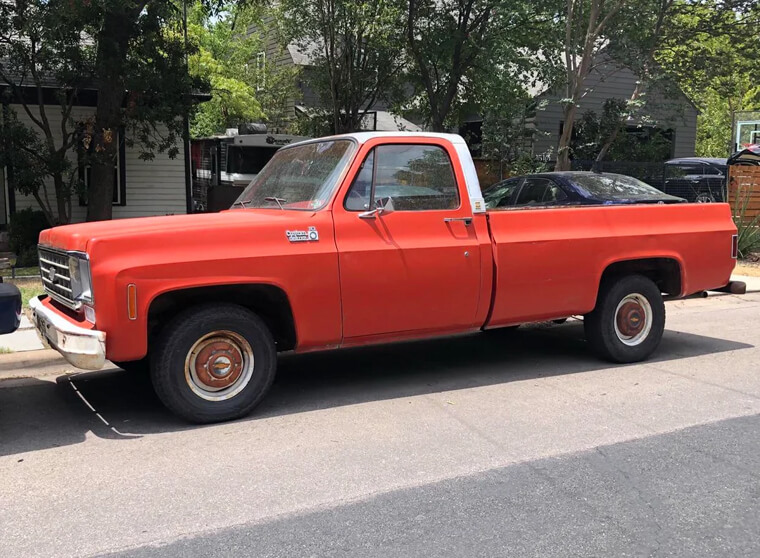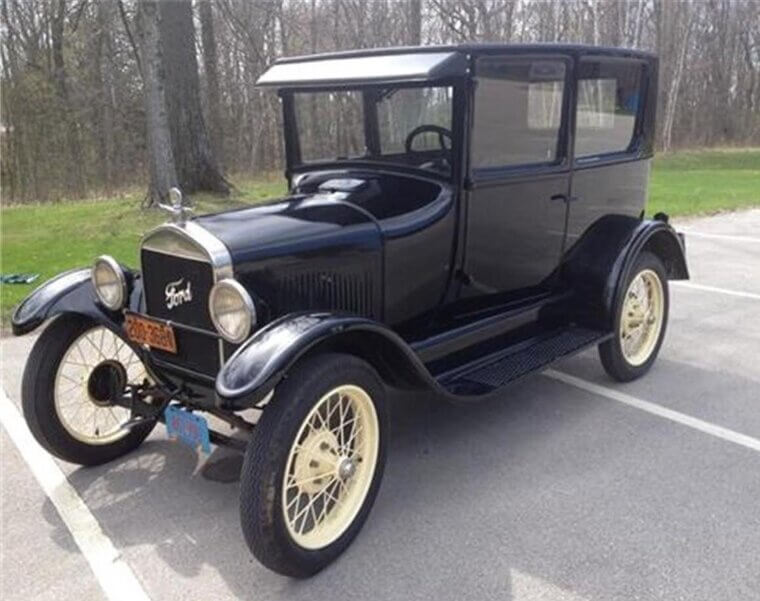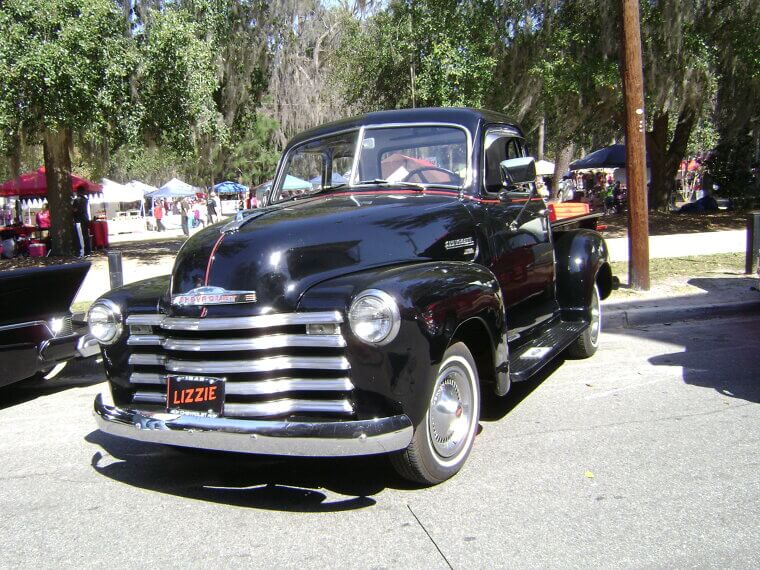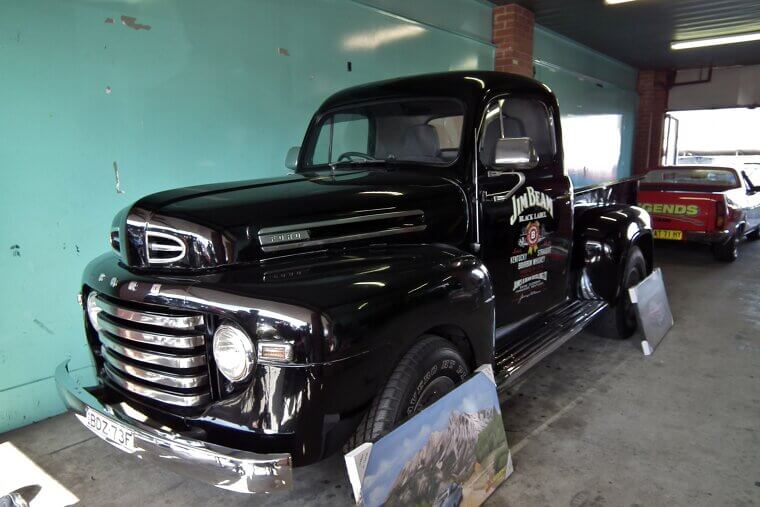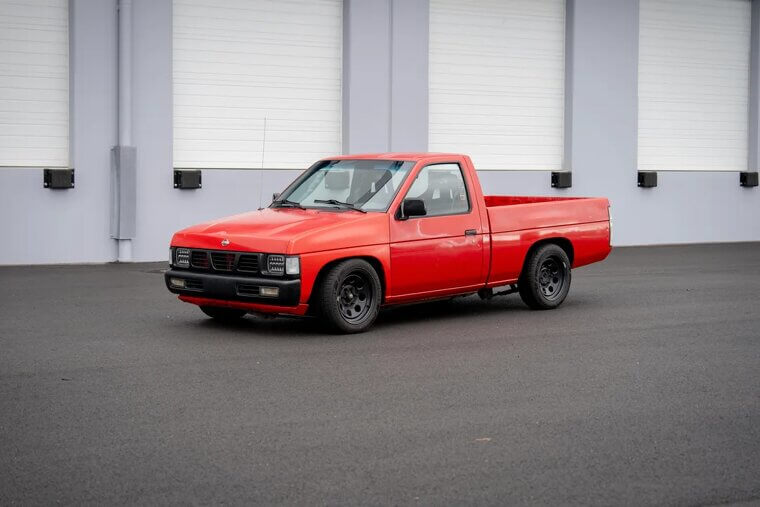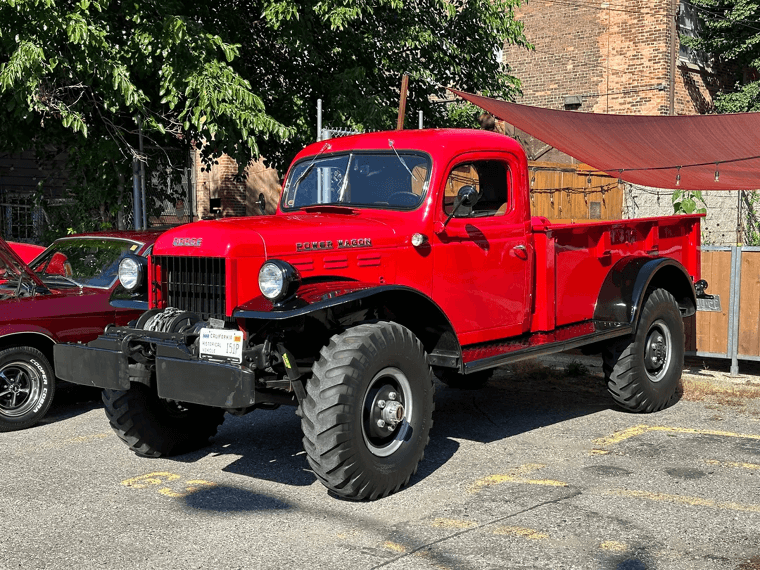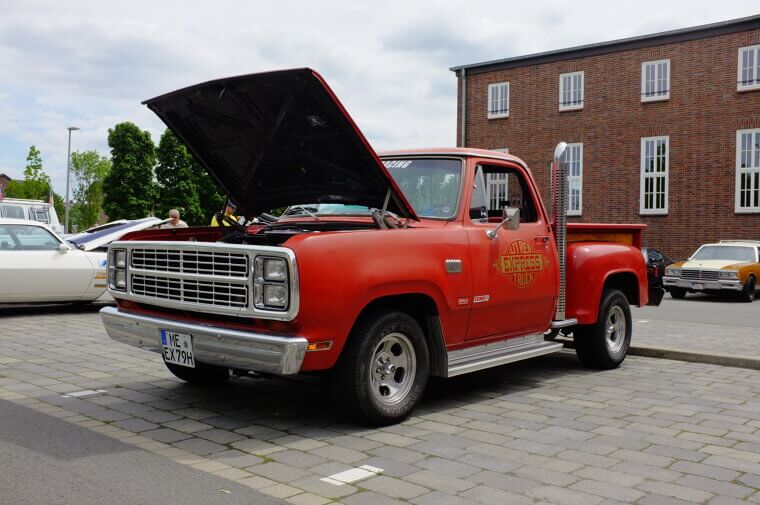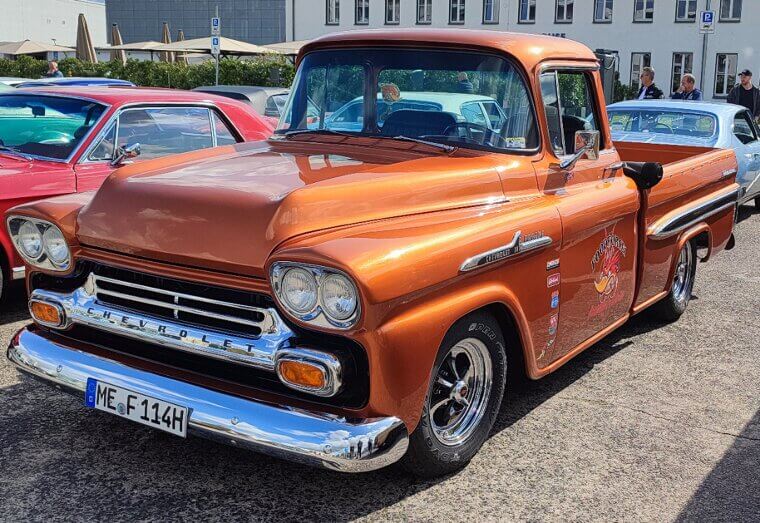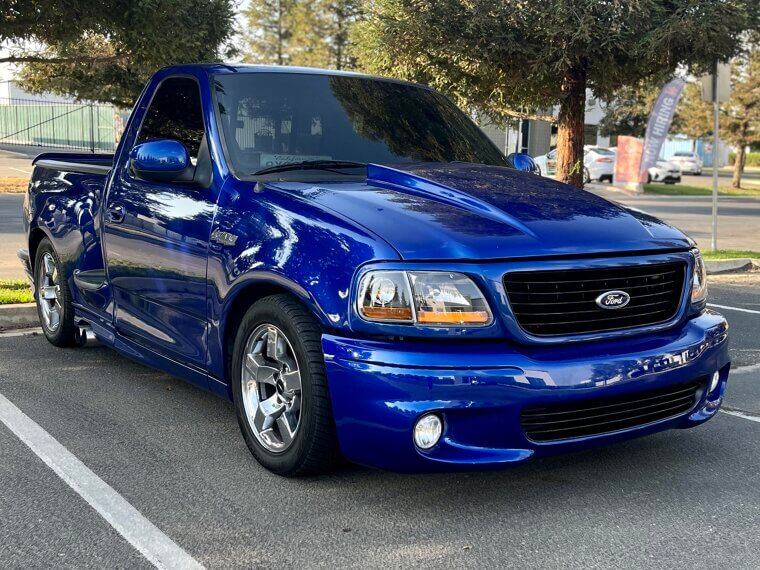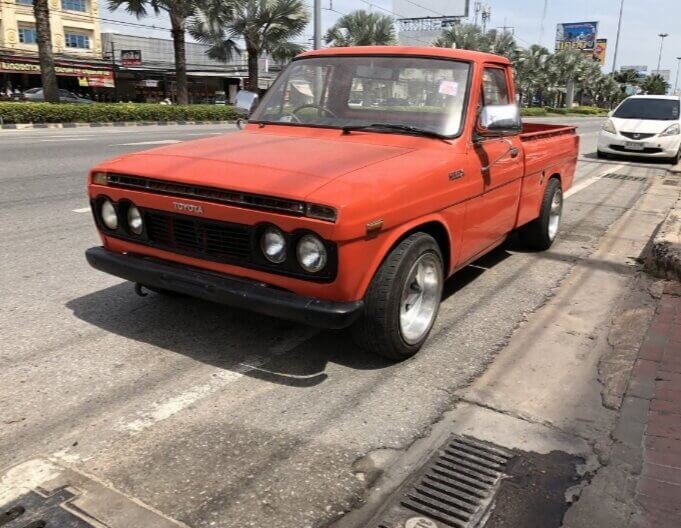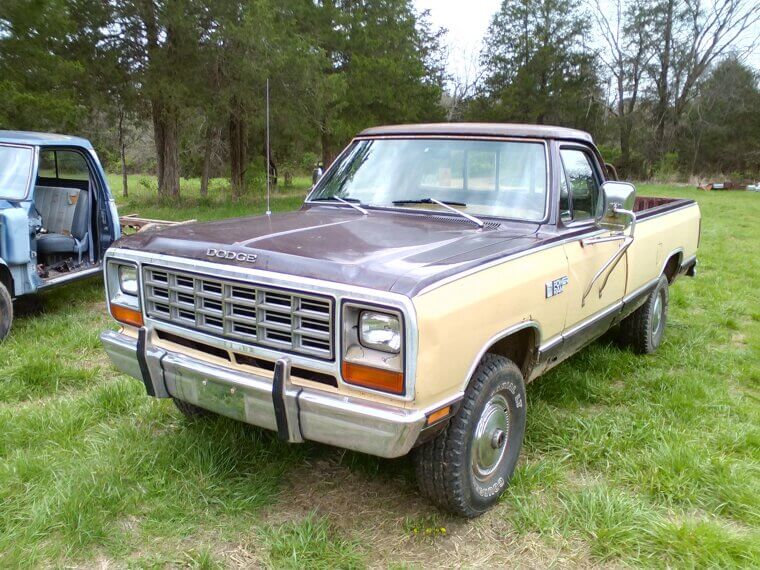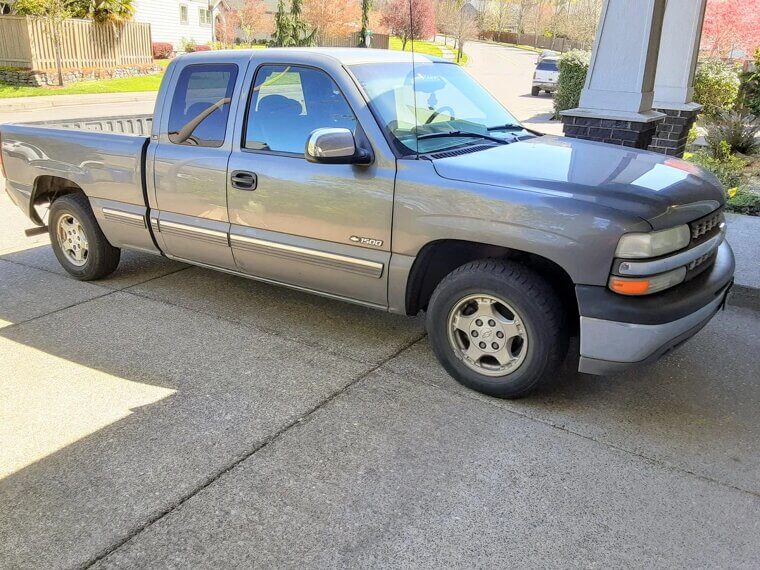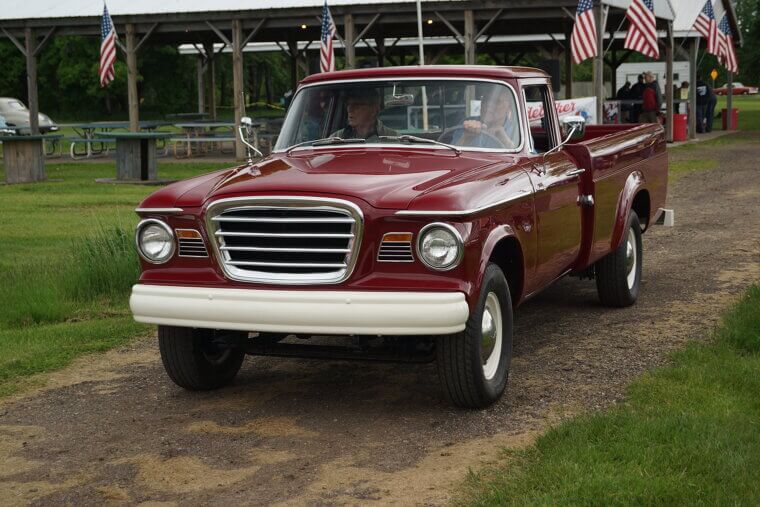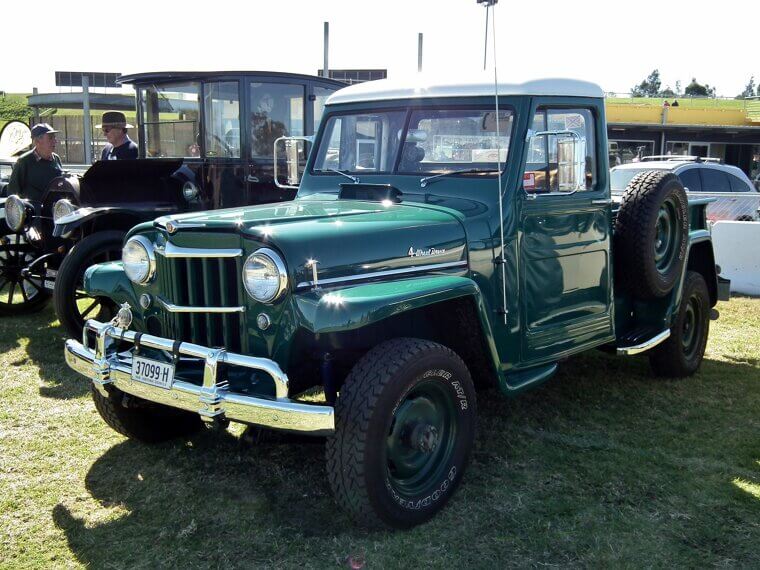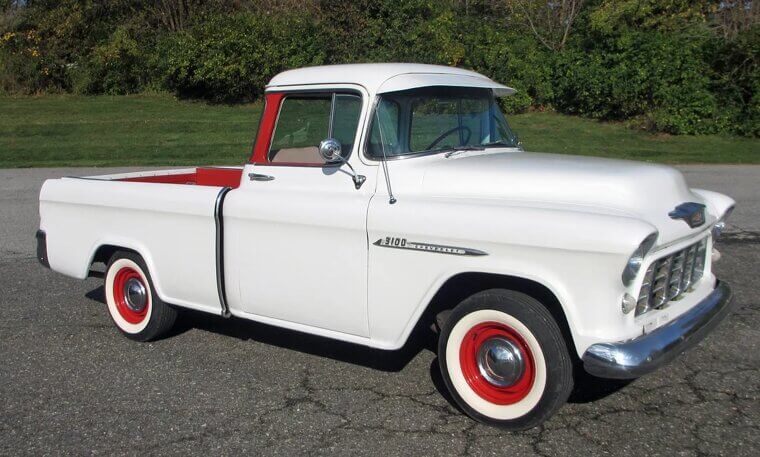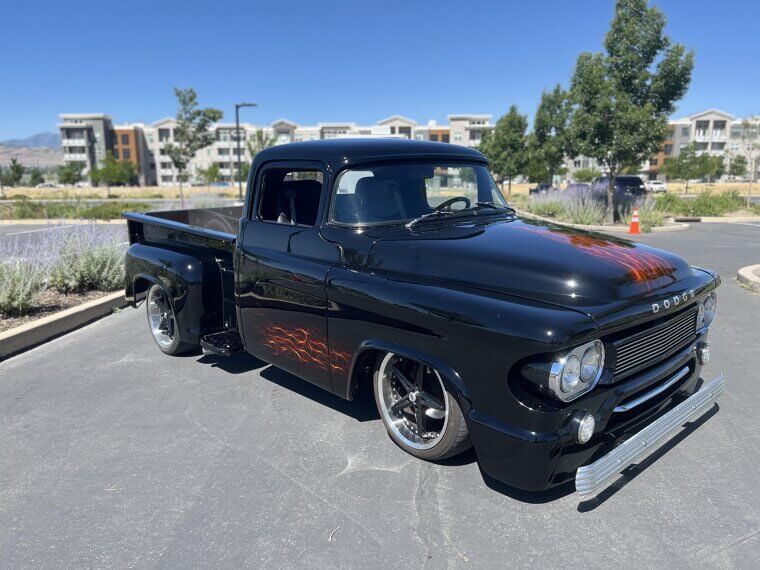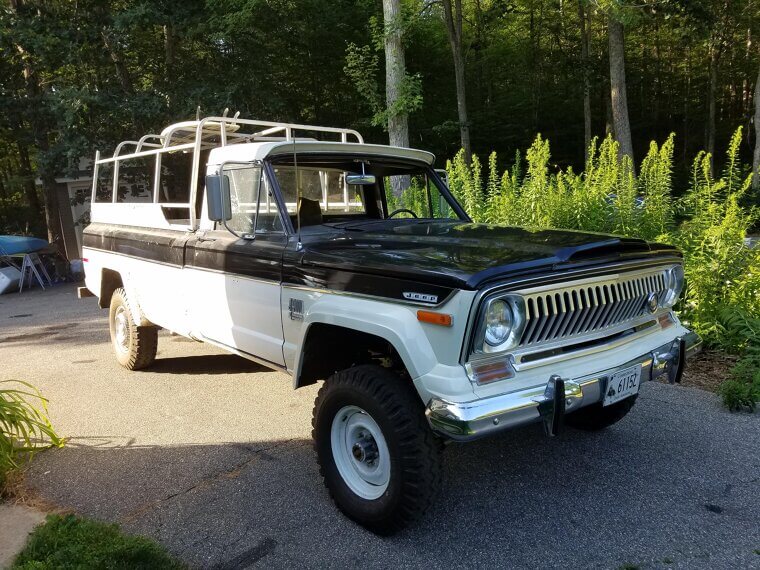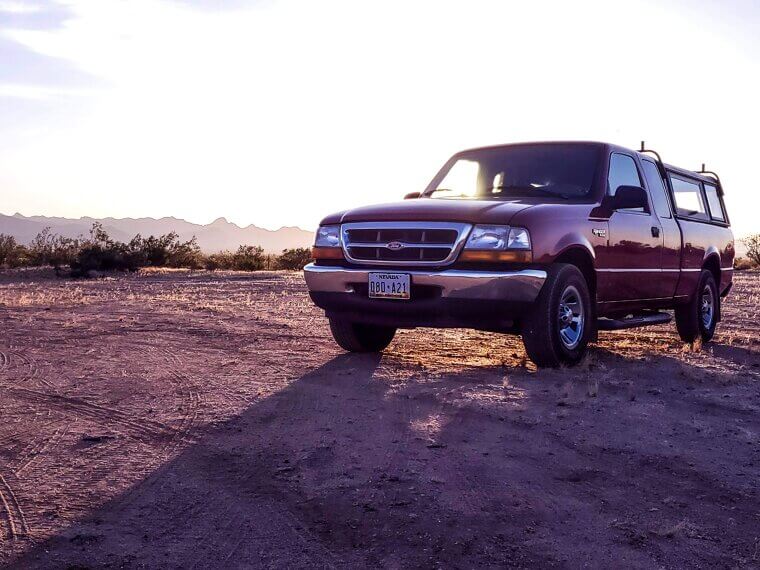Chevrolet C/K Series
The C/K series, starting in 1960, modernized the pickup world with its sleek look and innovative features such as independent front suspension. It also offered better comfort along with ample utility, making it great for both work and personal use.
Ford Model T Runabout Pickup
The Ford Model T Runabout Pickup, introduced in 1925, is often credited as the first mass-produced pickup truck. While simple and bare-bones, it set the foundation for America’s love of trucks and proved that utility vehicles had a real market.
Chevrolet 3100
Launched in 1947, the Chevrolet 3100 was part of the brand’s “Advance Design” series. It became a symbol of post-war America, offering a roomier cab and smoother styling than earlier trucks.
International Harvester Pickup (R-Series)
The International Harvester may not be around in the same way today, but its R-Series pickups from the 1950s were serious contenders. Unlike the stylish Chevys and Fords, the IH trucks leaned on toughness and were known for their ruggedness and durability.
These early workhorses paved the way for some classics…
These early workhorses paved the way for some classics…
Ford F-Series
Introduced in 1948, the Ford F-Series redefined the pickup. It was Ford’s first truck designed on its own platform rather than being borrowed from a car. Over time, the F-Series grew into the best-selling truck in America, a legacy that continues unchallenged to this day.
Nissan Hardbody (D21)
Arriving in the mid-1980s, the Nissan Hardbody was the truck that put Nissan on the map in America. Its name came from the double-walled bed, which made it extra tough. It was everything people wanted it to be: affordable, stylish, and reliable.
And modern times meant offering style along with strength…
And modern times meant offering style along with strength…
Dodge Power Wagon
First built in 1946, the Dodge Power Wagon was based on military trucks from World War II. It was tough, capable, and loved by ranchers and loggers alike. It also introduced four-wheel drive to a wide audience, which paved the way for modern off-road trucks.
Why build for just utility, when you can build for speed…
Why build for just utility, when you can build for speed…
Dodge Lil’ Red Express
One of the wildest trucks of the ’70s, the Lil’ Red Express was built during a loophole era when emission rules didn’t apply to pickups. That meant Dodge could stuff it with a high-performance V8, making it one of the fastest vehicles of its time and an instant icon.
Chevrolet Task Force 3100/Apache
Chevy’s Task Force trucks brought what was missing in the pickup world: bold, stylish design. With wraparound windshields, chrome trim, and V8 power, people couldn’t figure out if it was a work vehicle, a family car, or something you could drive around in at dangerously high speeds.
Ford F-150 SVT Lightning
In the early ’90s, Ford wanted to prove pickups could be muscle machines. And they did just that. The SVT Lightning took the F-150 and gave it performance suspension, sporty styling, and a tuned V8 engine. A recipe for guaranteed pickup success.
Meanwhile, import trucks were beginning to sneak into American driveways…
Meanwhile, import trucks were beginning to sneak into American driveways…
Toyota Hilux
Launched in 1968, the Toyota Hilux quickly gained worldwide fame for one reason: indestructibility. From roads to farms to warzones, this truck could handle anything. Its simple design, easy maintenance, and unmatched durability made it legendary. Even today, it’s remembered as the truck that simply refuses to die.
GMC Sierra
The GMC Sierra has long been Chevrolet’s “refined” sibling. First appearing in 1988, the GMC Sierra shared the C/K platform but carried a premium edge. It built its reputation on reliability and power, while offering slightly more upscale trims.
Dodge Ram
The first-generation 1981 Dodge Ram instantly stood out with its bold styling and rugged frame. It gave Dodge a strong presence in the pickup wars, offered powerful V8 engines, and had serious towing capability.
Chevrolet Silverado
The Silverado became Chevrolet’s flagship pickup in 1999, replacing the long-running C/K Series. Built to take on Ford’s F-Series, the Silverado offered a good combination of modern comfort and heavy-duty performance.
Can’t forget the legends now, can we…
Can’t forget the legends now, can we…
Studebaker Champ
The Champ was Studebaker’s last attempt to compete in the U.S. truck market. While it didn’t sell in huge numbers, the Champ is still remembered for its unique design and for being one of the final chapters in Studebaker’s automotive story.
Willys Jeep Pickup
Born from the legendary WWII Jeep, the Willys Jeep Pickup was one of the earliest civilian 4x4 trucks. It was rugged, practical, and off-road capable, carrying the Jeep spirit into America’s farms and backroads.
Chevrolet Cameo Carrier
The Cameo Carrier was Chevrolet’s first attempt at making the pickup stylish as well as practical. It had smooth lines, a chrome trim, and car-like features. Though sales were limited, the Cameo proved a point: pickups could look good while doing the job, too.
Dodge D/W Series
The Dodge D/W Series trucks helped cement Dodge’s place in the pickup market. While not as flashy as a Ford or Chevy, the Dodge DW series became known for its solid build, laying the foundation for its loyal following today.
Jeep Gladiator
The original Jeep Gladiator was a careful mixture of off-road capability and pickup utility. The Gladiator had a long production run, proving that Jeep could deliver more than just compact SUVs.
Ford Ranger
Built for everyday use, Ford launched the Ranger in 1983. It quickly became one of the best-selling compact trucks in America, carving out its place in history as the go-to choice for drivers who didn’t need the bulk of an F-150.

